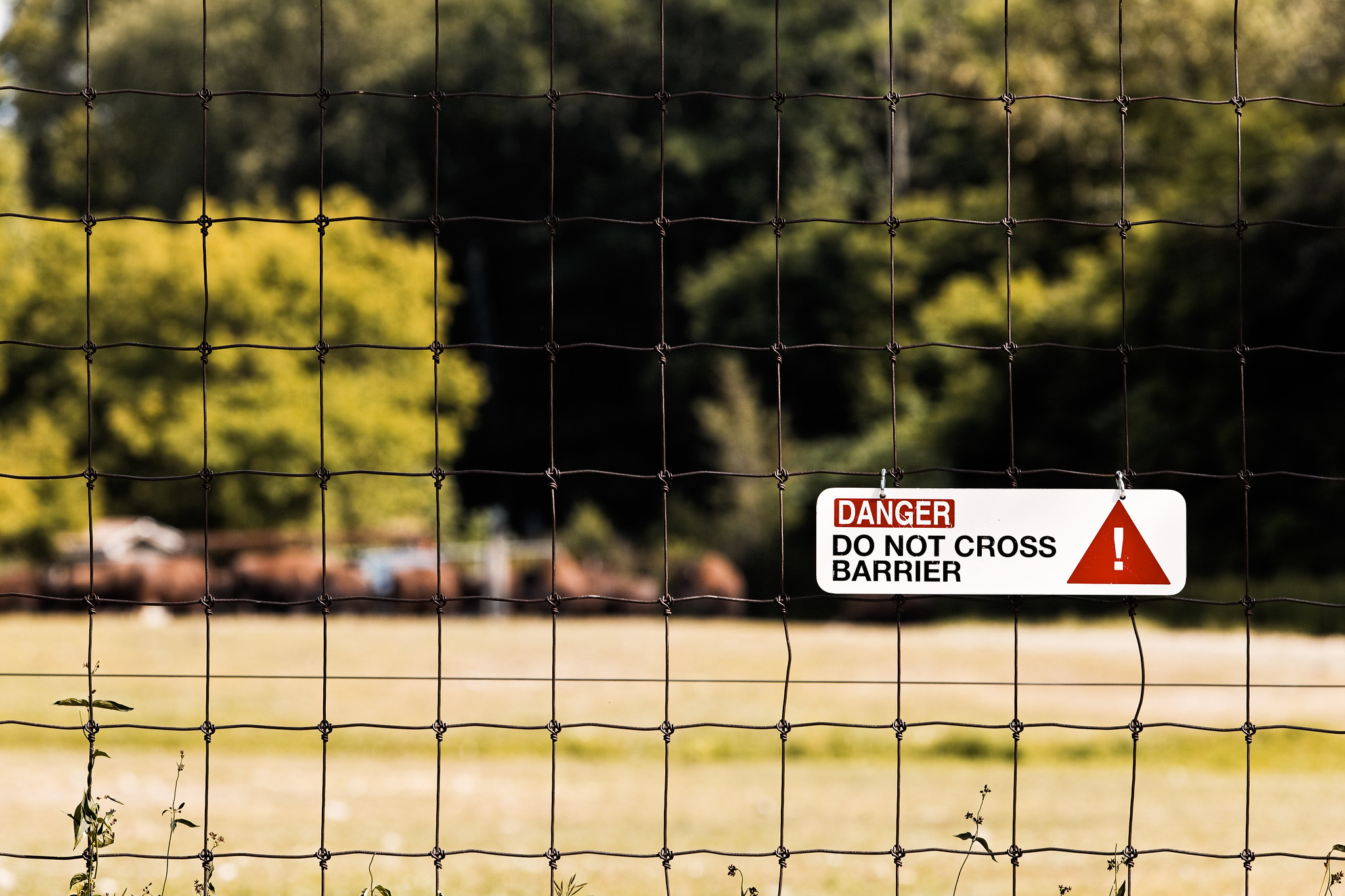Dr. Pooja Lakshmin’s Guide to Setting Boundaries

Dr. Pooja Lakshmin is a board-certified psychiatrist and bestselling author of Real Self-Care: A Transformative Program for Redefining Wellness (Crystals, Cleanses, and Bubble Baths Not Included). She’s a fervent advocate of finding true healing and mental wellbeing over superficial “faux self-care” treatments. Here, some simple steps you can take to set boundaries — one of the most important tenets of meaningful self-care.
Make sure to listen to the full interview with Dr. Pooja.
Loving Hard (Your Family and Yourself) with Dr. Pooja Lakshmi transcript
1. Practice psychological flexibility.
A lot of what we’re talking about here is psychological flexibility, and that’s a concept in Real Self-Care I keep coming back to. It’s like the skill of being able to work with your mind, the curiosity. The being able to feel something hard, and then ask yourself questions and give yourself space between, not just rushing to action or rushing to some sort of conclusion. But where you can feel or think a hard thought, let’s say guilt, but then say, “Oh, okay. I felt that, it’s not the end of the world. I can engage with it, be curious about it, learn more about myself,” as opposed to thinking it’s just sort of like a damning report card score.
2. Understand what’s in your control…
In order to get to top-down, we need people to understand that it’s not their fault. And so many of the people, folks that come to my practice when they first come in, you feel like it’s your fault. You don’t have the vocabulary or the words to talk about things like white supremacy or capitalism or microaggressions or any of these things. And so when we actually make that known, then you come to see, “Well, I do have some agency here.” Not all the power, no, by no means, but in the book I talk about the dialectic and dialectical behavior therapy, and that both can be true. And so I don’t mean for this to be the answer because so much of my book and because of my own experience is basically saying there is no The Answer, but more that it’s a start of a different type of conversation.
3. …and what’s not in your control.
One thing I would say is that anytime you’re setting a boundary, there’s always two processes that are going on. There is just the actual technical communication of the boundary — short and sweet, and here’s the thing. And then there’s this whole other side of dealing with your emotional response and any emotional response that’s coming from them.
And the thing is that you can’t expect to get your emotional needs met from the family member who you’re setting the boundary with. So what you’re saying right now is sort of like, “But they’re not voicing understanding to me. I explained, but they’re not coming back and saying, ‘Yes, that makes sense.’” They’ve actually totally misconstrued it and made up something else, which they will do. They will do, but that’s not your business. That’s not up to you. That’s just what it is, and you let that go. That’s the cost.
4. Learn to live with the guilt.
Anytime you set a boundary, anytime you say no or push back, you automatically make yourself the bad guy and feel guilty. So cognitive diffusion says instead of fusing with that guilt, instead of believing that that guilt is all powerful, there are other strategies that you can use to help your mind create distance from the guilt. You’re not turning off the guilt because we live in a world that is deeply inequitable and unfair, so you will always feel guilty because society has made women and women of color feel like everything is their job.
So yes, you will feel guilty when you set a boundary, that’s not your fault. So to get to the cognitive fusion, one of the tools to access that is to think of metaphors, and that’s a way to work with your brain to just create a different context for it. One of the metaphors I use in the book is to think of guilt as a faulty check engine light on your car. Imagine that you’ve taken your car to get service, everything’s fine, the oil’s changed, but there’s just one of those lights on the dash that keeps going off no matter what you do, but it doesn’t actually give you any meaningful information. It’s broken, it’s still going off. It’s just background light.
5. Start small.
The first, it’s the pause. It doesn’t have to always be no, it could be first setting that pause and thinking in that time, “What do I want? What does my body want? What do I really care about?” Start small. Don’t take on a big thing. Start with something that’s low stakes, like saying no to a friend who you know is not going to lash out on you. Don’t pick your toxic friend where there’s lots of frenemy girl drama. Because if you’ve never done it before, that’s going to be fraught.
Sometimes it’s even the smallest thing like you’re going out to dinner with people and somebody asks you, “Where do you want to eat? What are you feeling like?” And someone else says, “Sushi,” and actually saying, “I don’t want sushi. Can we pick something else?” Just small challenges. Actually, don’t start with your family. Setting boundaries with your family is the hardest thing, so practice a lot in spaces that are safer first, where you can just build the muscle, use the scripts. See what happens. Just get into that bodily practice and then take it to your family. And even when you start with your family, start with a sibling, if there is a nice sibling. Don’t start with the most complicated relationship.
Of course, we prefer the direct approach to drawing boundaries. But if you need something more subtle, here’s a guide to getting rid or relatives who won’t leave your house.





